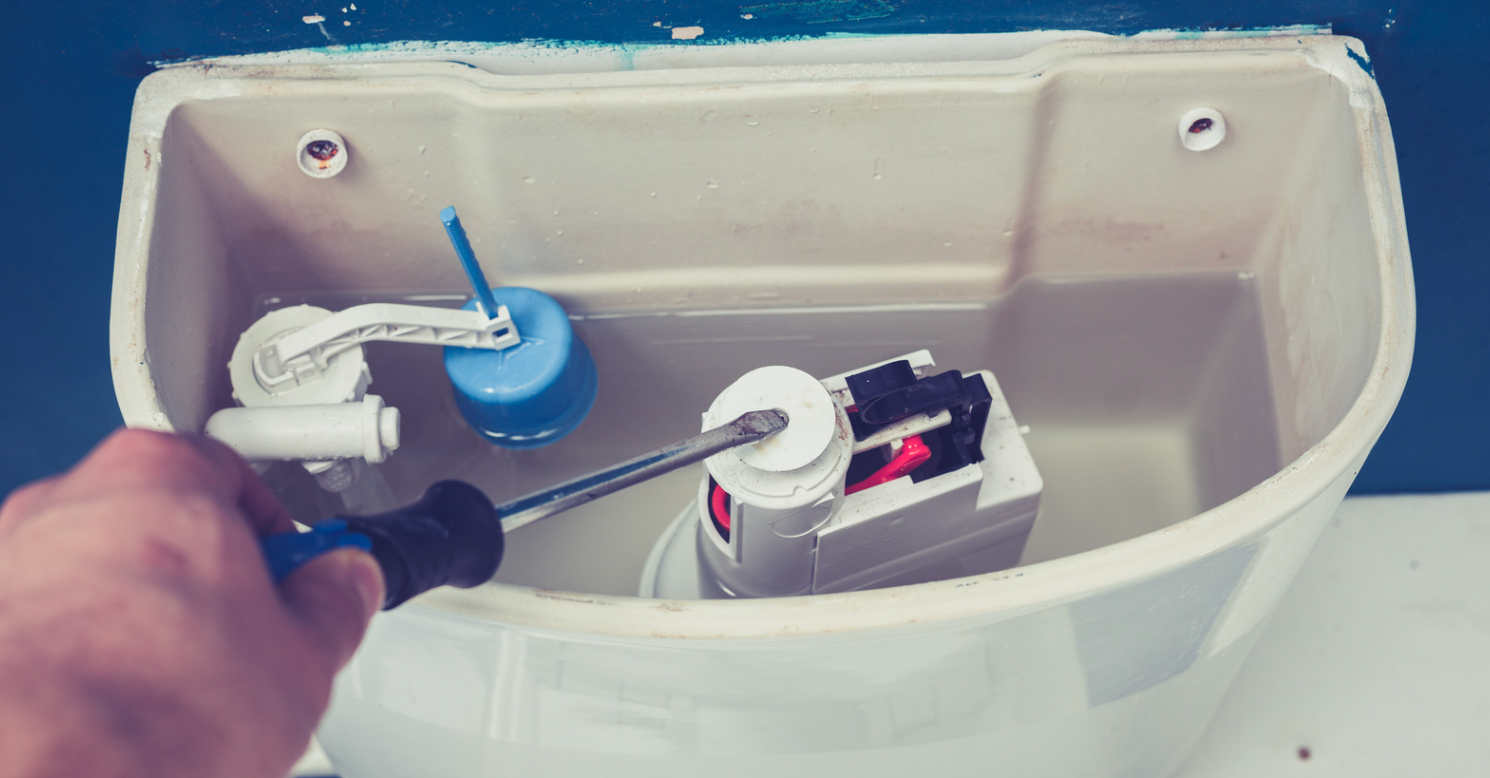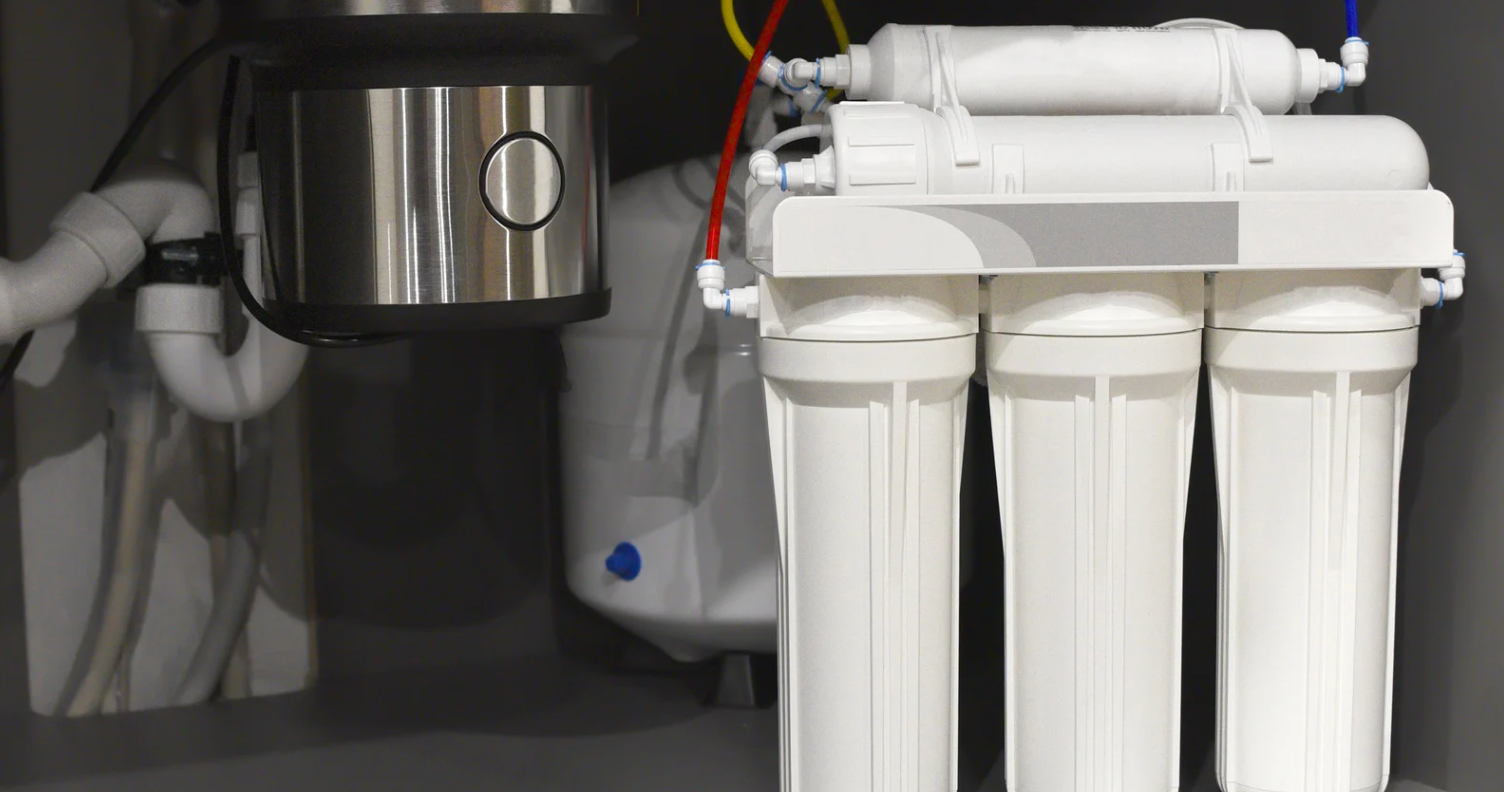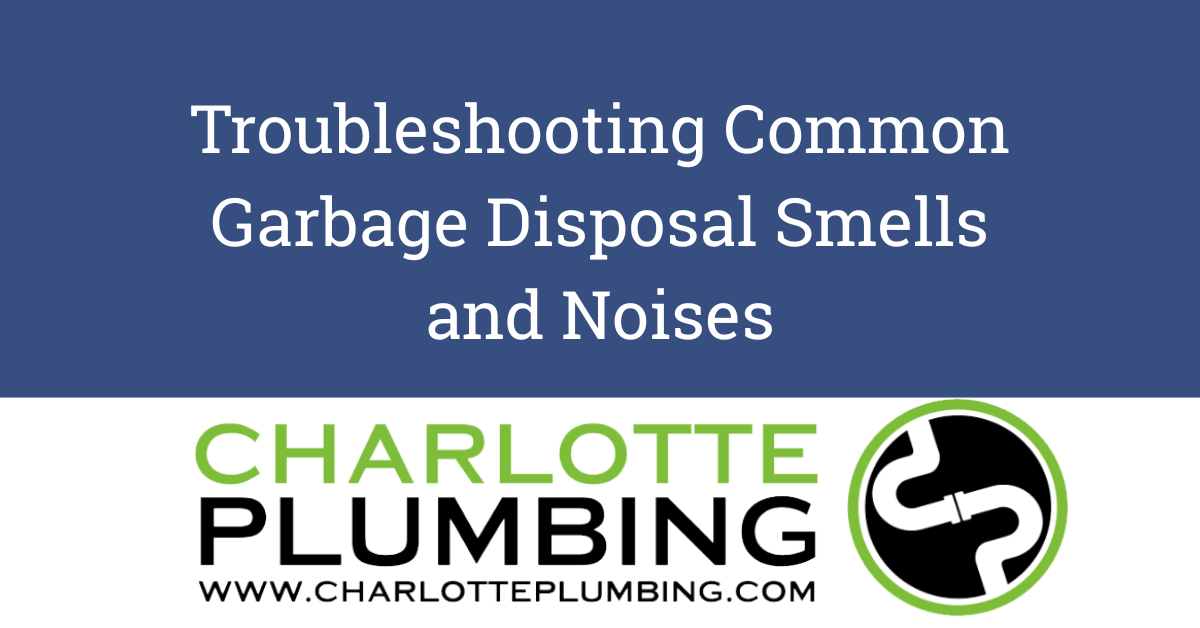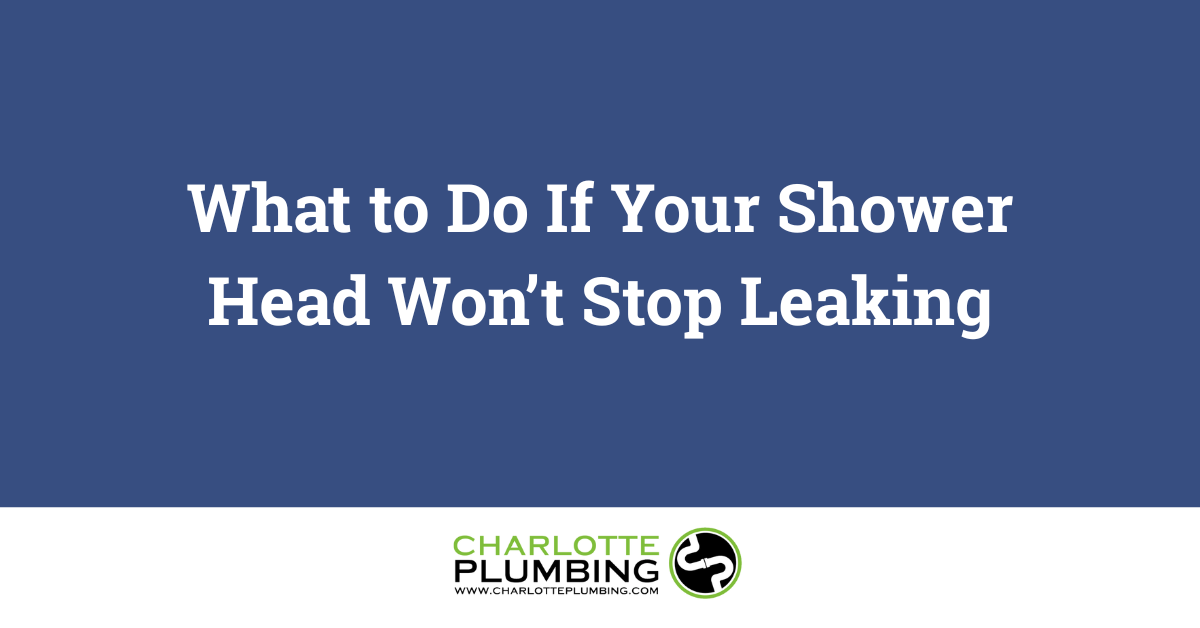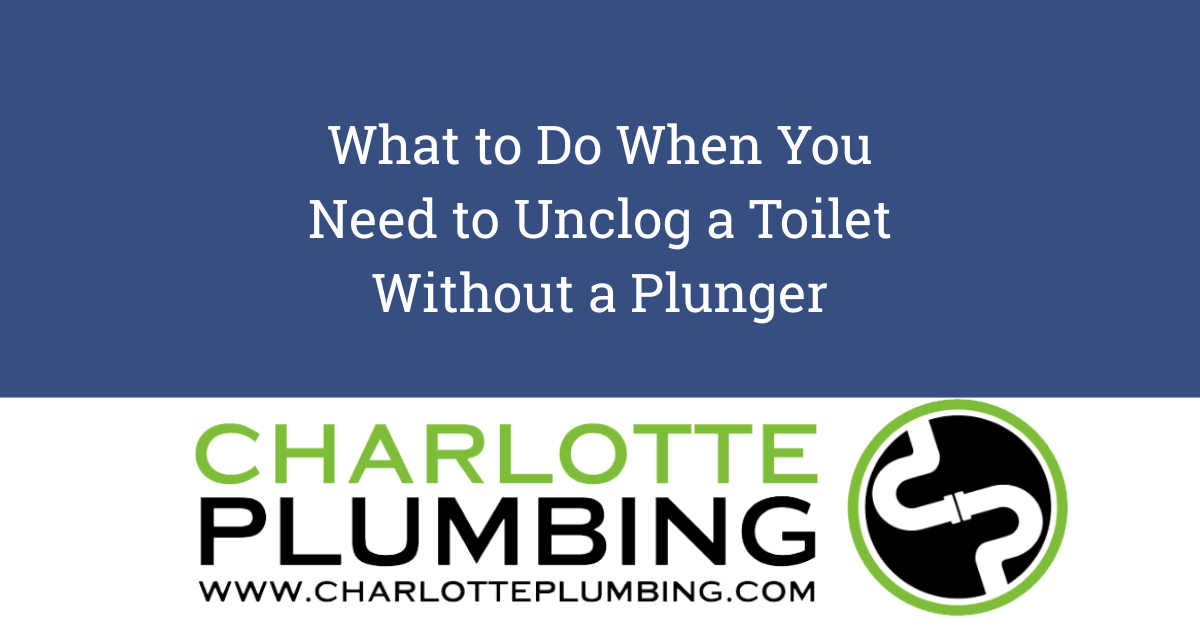Understanding Your Home's Water Pressure: Causes and Solutions for Fluctuations
Water pressure in your home is akin to the circulatory system in the human body; it's essential for the health and functionality of your plumbing system. However, just as blood pressure can experience highs and lows, so too can your home's water pressure fluctuate, leading to a range of issues from mere inconvenience to serious plumbing emergencies. In this blog post, we'll dive into the causes of water pressure fluctuations and offer practical solutions to manage them, ensuring your plumbing system remains in top condition.
Causes of Water Pressure Fluctuations
1. Clogged Pipes
One of the most common culprits behind fluctuating water pressure is clogged pipes. Over time, debris, mineral buildup, and other obstructions can reduce the flow of water, leading to decreased pressure.
2. Corroded Plumbing
Older homes with outdated plumbing systems may experience water pressure issues due to corrosion inside the pipes. This corrosion narrows the pipes' diameter, restricting water flow.
3. Municipal Supply Issues
Sometimes, the problem lies not within your home but with the municipal water supply. Seasonal demand, water main breaks, and maintenance work can all affect the water pressure to your home.
4. Faulty Pressure Regulator
Homes equipped with a pressure regulator can experience pressure fluctuations if the regulator fails. This device is designed to stabilize the pressure from the main water supply, and any malfunction can cause pressure to spike or drop.
Solutions for Managing Water Pressure
1. Regular Maintenance
Regularly inspecting and cleaning your plumbing system can prevent clogs and buildup, ensuring smooth water flow. Professional plumbers can perform more thorough maintenance, including descaling pipes to remove mineral deposits.
2. Update Old Plumbing
For homes with outdated or corroded plumbing, replacing old pipes with new ones made from modern materials can significantly improve water pressure and overall plumbing health.
3. Install a Pressure Booster
If your home suffers from chronically low water pressure, a pressure booster pump might be the solution. These pumps increase the water pressure to a desirable level, ensuring adequate flow throughout the house.
4. Check with the Municipality
For issues stemming from the municipal supply, contacting your local water supplier can provide insights into any ongoing issues or maintenance that may be affecting your home's water pressure.
5. Replace or Adjust the Pressure Regulator
If you suspect your pressure regulator is faulty, having it inspected and replaced by a professional plumber can restore proper water pressure levels. Sometimes, adjusting the regulator can also rectify pressure issues.
Ensuring Consistent Water Pressure
Fluctuating water pressure can be more than just a nuisance; it can signify deeper plumbing issues. By understanding the causes and implementing the solutions outlined above, homeowners can ensure their plumbing system functions efficiently and effectively. For any plumbing concerns or maintenance needs, Charlotte Plumbing is here to help. Our team of experienced professionals can diagnose and solve any water pressure issues, keeping your home's plumbing in pristine condition.

